All About Arnica: Why We Love It And How To Grow It
We love Arnica chamissonis like a friend to us for it's cheery yellow daisy-like flowers, it's medicinal value, and ease of growing at our farm. It's a welcome sight this time of year when the first flowers appear.
I am excited for you to come along on a short journey all about arnica, and hopefully you'll love it, too!
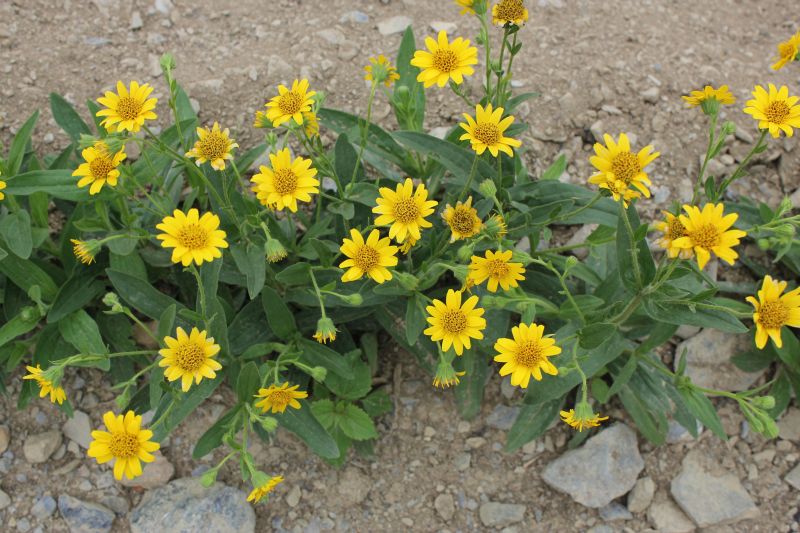
First, what is Arnica?
Arnica is a cool perennial plant. It's native. It's medicinal. And it's great for pollinators! But, first let's get some basic facts, right!?
Arnica Summary
- Names: The latin name for Arnica is Arnica chamissonis. It is most commonly known as Meadow Arnica.
But it also is known as Silver Arnica, Chamisso Arnica, Leafy Arnica, American Arnica, Mountain Tobacco, and Mountain Daisy.
Interestingly Arnica is also sometimes called Leopard's Bane or Wolf's Bane, common names shared with unrelated Aconitum species. - Habit: It is a spreading, herbaceous perennial that produces a thick carpet of foliage and strong stems of bright yellow, daisy-like flowers in summer. Can't you tell how cute they are from the picture?!
It can be a nice bedding plant with attractive foliage as well as serve as a good cut flower for wildflower bouquets. - Hardiness: A. chamissonis is hardy to Zone 2 or 3, and prefers full sun and loamy, slightly acidic soil with good drainage.
It does not like wet feet, but it appreciates moisture. It can tolerate poor soil and part shade. - Native Status: It is native to western North America, but luckily Meadow Arnica can be grown all over the country with success.
To catch a glimpse of it in the wild, you might find A. chamissonis in moist mountain meadows and conifer forests of the western US. Let me know if you've ever been lucky enough to see it yourself!
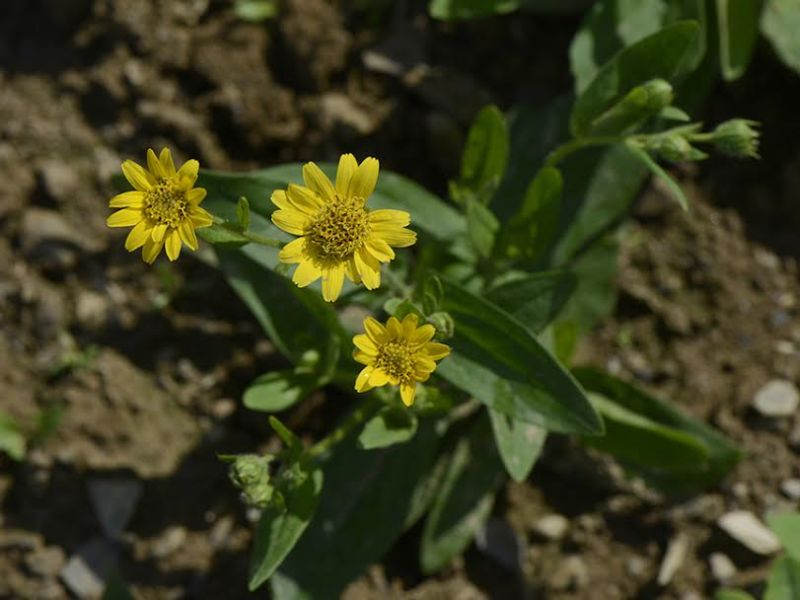
Why should you grow Arnica chamissonis? You ask?
Read on! It's a versatile plant! :)
Reason #1: It helps the pollinators!
A. chamissonis's yellow disk and ray flowers (daisy-like) are very attractive to pollinators and serve as a nectary for bees, bumblebees, and butterflies.
It flowers in summer, typically in July at our farm. Arnica chamissonis can be encouraged by deadheading to maintain a long bloom period, sometimes into September if you're lucky!
If you're starting with a plant in it's first year grown from seed, the first year's flowers will likely be late, but don't worry, the second and subsequent years should produce plenty of flowers for the pollinators in the summer.
And a plus for us as veggie farmers, too, it is not terribly attractive to deer. We've had no trouble with them eating our plantings.
Reason #2: You can make your own medicine out of it!
You may have heard of Arnica because of homeopathic remedies. It's a super common one and popular at that.
But did you know that you can also harness it's medicinal power yourself in other ways that are more accessible than homeopathy?
Arnica blossoms are the part of the plant typically used medicinally. They are best harvested just before blooms are fully mature when still bright and cheery. The blossoms can be used fresh as in the recipe below or dried before extracting into alcohol, oil, salve, or other topical preparations to aid in healing inflammation and bruising. Arnica is not for internal use unless homeopathically diluted.
Just in case you're wondering A. chamissonis has the same medicinal qualities as Arnica montana and is easier to grow.
Reason #3: It's cute and pretty for bedding and/or wildflower bouquets!
Arnica makes a good native pollinator bedding plant because of it's spreading habit. Plant a handful of plants and grow a patch in a couple of years!
It also makes a good cut flower as it typically stands 12”-18” tall when flowering. Wildflower bouquets are my favorite, and kids love them, too!
A. chamissonis is suitable in rock gardens or containers as well as a good companion with other meadow denizens of the sunflower family (yarrow, calendula, asters, feverfew, etc).
FYI, it cannot compete with grass so make sure you keep it weeded and give it loving care to get it well established. :) It will reward you, I promise!
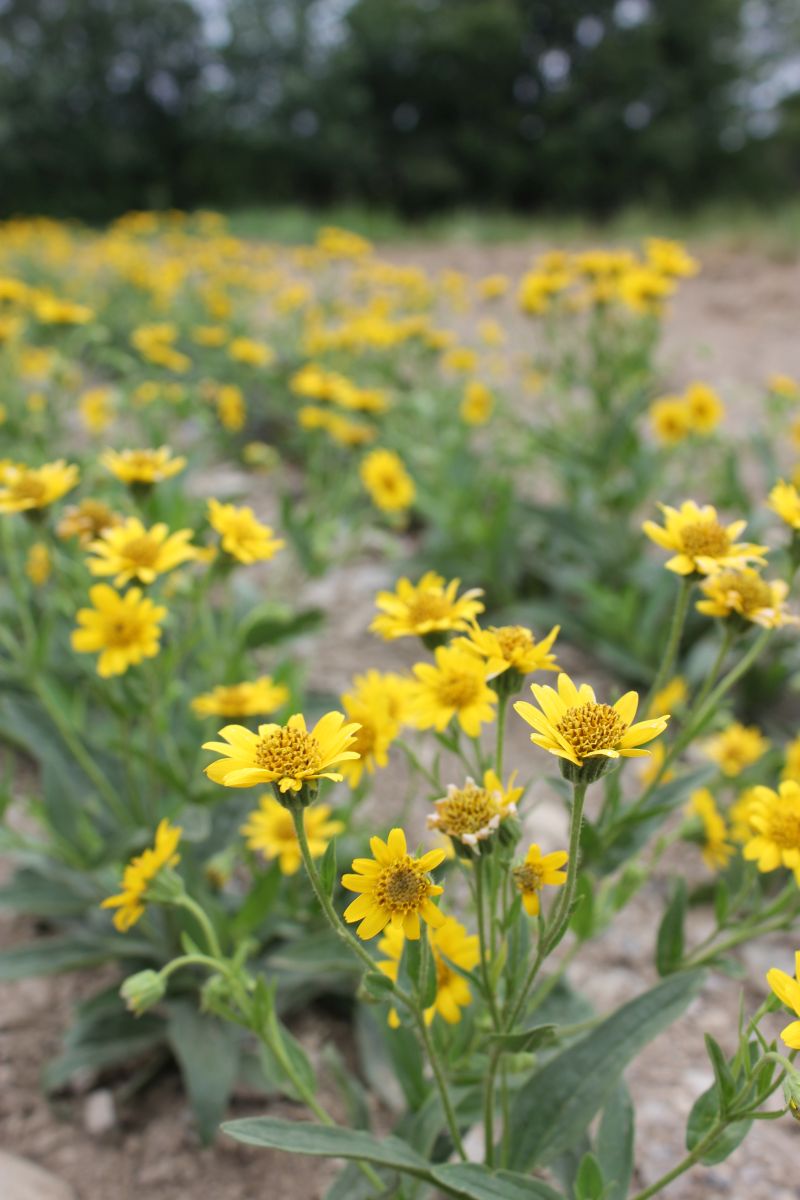
Ready to try it? How to grow Arnica chamissonis
A. chamissonis has spreading rhizomes, is easy to grow, and forms a lush mat covered in yellow flowers within a couple years.
Arnica can be grown by seed, plants, or division. Here's how grow it by these three methods:
How to grow Arnica by seed:
Funny thing to learn might be that the best time to sow your perennial seeds is in winter or very early spring. And that's totally true of A. chamissonis, too! Here's how to do it:
- Use a basic light seedling mix.
- Press the seeds into the surface of the soil, barely cover and tamp.
- Keep the soil container warm, in the light, and evenly moist until germination, which can occur in 1 to 4 weeks. Germination of A. chamissonis can be quite tricky and sometimes there can be poor germination for unknown reasons.
- The seedlings will be quite small and slow growing at first, so be patient with them. Once they are large enough to handle, separate them into individual plants and pot them up into a 6-pack or other small pots to grow on for a few weeks.
- When your seedlings' roots fill their container, transplant them into the garden.
How to grow Arnica by division:
With Arnica, root division is pretty simple due to their spreading rhizomatic roots. Here are the steps:
- Dig up a section of plants. This is usually best done in very early spring before much top growth has come or in late fall as we head into dormancy.
- Identify the growing points of the plant and tease apart smaller sections.
- Either pot them up into pots and let them grow or replant them back into the garden.
- Water well and often until they are established which might take a couple weeks.
How to grow Arnica from plants:
Arnica can be grown from plants that someone else started, whether a nursery or a farm or a neighbor. In general perennial plants can be found either as plugs (seedlings started that same year) or as 1 year old plants either in pots or bare root.
In general, you make sure you have a clear spot to plant your plant, free of grass sod and weeds. Dig a hole bigger than the plant itself. Put the plant in and cover the roots with soil. Water well and often!
Here's a link to more info on how to handle bare root perennial plants (like the plants that we sell) specifically. It goes into more detail on how to transplant bare root plants for success!
No matter which way you plant it, one A. chamissonis plant should develop into a mat within 2 years, having approximately a 12”-18” spread.
If you want to make a big patch, a good place to start would be to plant your seedlings or bare root plants 8”-12” apart and let the plants do the rest of the work. Take a quick look every few weeks to get any annual weeds out before the arnica plants fill in and grow together which should be within a season or two.
In the fall, cut back the plants and leave foliage as mulch, if desired, or just leave the stalks all winter. As it is an herbaceous perennial, Arnica dies back to the ground in winter and reemerges in spring, giving you many years of yellow flowered cheer!
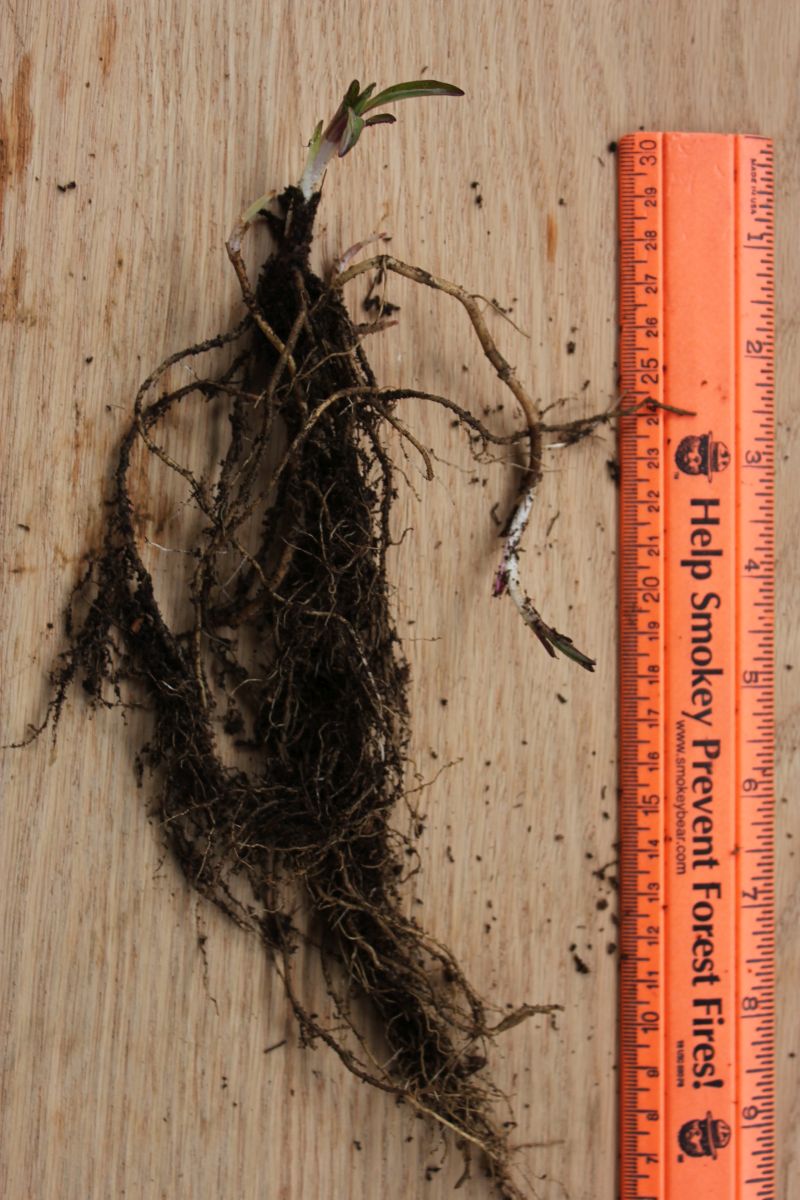
Bonus recipe: How to make your own Arnica Oil
Now, I love looking at plants, watching the wildlife enjoy them, and learning about them. But I also love it when I can use the plant myself in a medicinal and/or edible way.
In the case of Arnica, they are not edible, but they are wonderful medicinal gifts to humans.
Our favorite way to use Arnica is to infuse the blossoms into oil and use it on sore muscles, which we do have from working on the farm! :)
Here are pictures from the last time we made it in the summer of last year. Gene still rubs my arms with it to this day, which are currently very tired (but happy) from learning to hand milk our cow, haha! :)
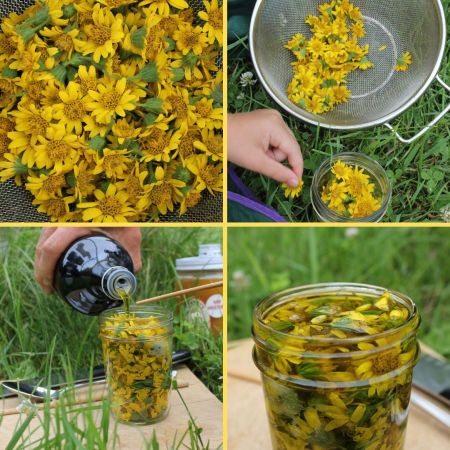
Here's how we do it:
Arnica Oil
- handful of Arnica flowers just after buds open when still bright yellow and vibrant looking
- good quality organic olive oil
- Harvest your Arnica flowers when they are dry, not wet from dew or rain. Typically we do it on a warm sunny day with a little breeze.
- Stuff them into a clean, dry mason jar leaving 1 inch headroom. We often use a half pint size. Gently press them down in the jar but do not crush or cram them in. Be gentle but firm.
- Pour over olive oil. Let it settle into the cracks, using a chop stick or small knife to go around the sides and let out the air as much as possible adding more oil to cover. Cover the blossoms completely and leave 1/2 to 3/4 inch headroom to allow for some expansion.
- Cover with a lid, label, and let sit in a dark location at moderate temperature for 6 weeks. Check it once a week, press the flowers back down into the oil if they have risen up and skim off any surface mold if it forms.
- Then strain through clean cheesecloth squeezing out all the oil that you can and store in a dark location in a new jar with lid and label.
Use on sore muscles and bruises. Good for massages!
What is your favorite aspect of Arnica chamissonis? Please comment below and let me know!



Add new comment
Comments (6)
Arnica is a challenge
Fri, 2022-09-02 08:54
Meadow arnica
Thu, 2023-06-01 03:25
I would say a year.
Sun, 2023-06-04 15:43
Arnica
Fri, 2023-11-24 19:37
Thank you for this wonderful
Mon, 2024-01-15 14:16
Arnica 2nd harvest?
Sun, 2024-06-30 17:33